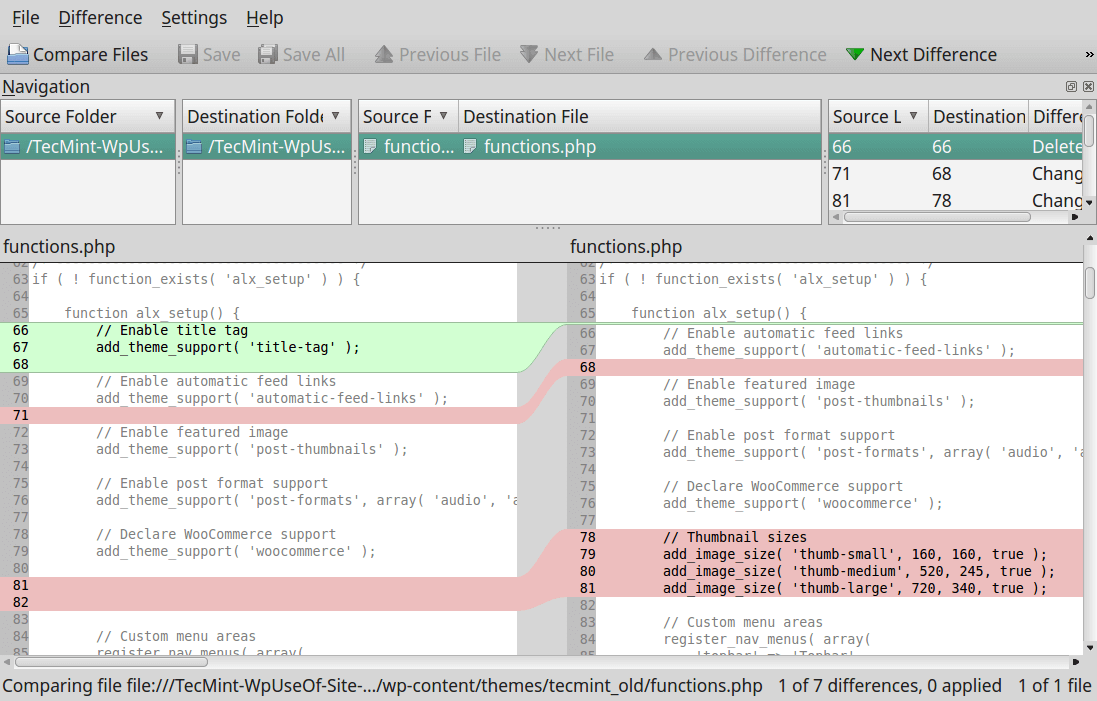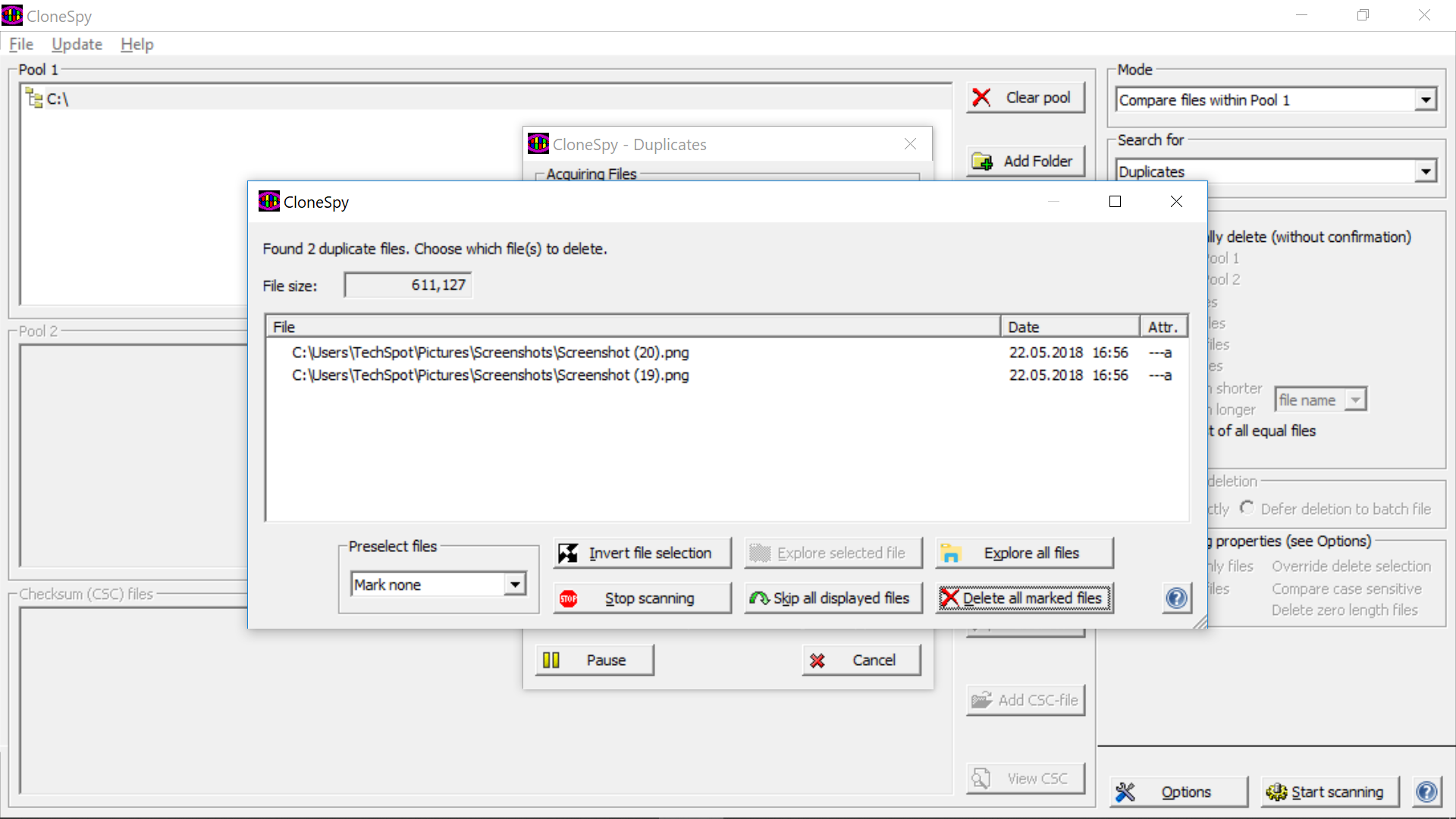
- BEST WINDOWS FILE COMPARISON TOOL FOR WINDOWS 10
- BEST WINDOWS FILE COMPARISON TOOL PORTABLE
- BEST WINDOWS FILE COMPARISON TOOL SOFTWARE
- BEST WINDOWS FILE COMPARISON TOOL PC
- BEST WINDOWS FILE COMPARISON TOOL DOWNLOAD
TeraCopy is available freely as well as in a paid version.


This app is extremely flexible and is one of the most fast running apps. TeraCopy provides a robust and interactive interface.
BEST WINDOWS FILE COMPARISON TOOL SOFTWARE
Use TeraCopy as data copy software to copy files comfortably within folders or into Windows desktop.
BEST WINDOWS FILE COMPARISON TOOL FOR WINDOWS 10
Read Also: Best Bluetooth Software for Windows 10
BEST WINDOWS FILE COMPARISON TOOL PORTABLE
BEST WINDOWS FILE COMPARISON TOOL PC
Newcomers and experienced PC users can all use it easily and effectively. Since it supports a huge number of file formats, you can copy any file into your PC comfortably with the help of this app. The interface is highly easy-to-use and quite interactive. In addition to it, you can also keep the app in your pen drive or your flash drive for smooth installation into your PC anytime.
BEST WINDOWS FILE COMPARISON TOOL DOWNLOAD
The best part of using this app is that you don’t have to download the app at all instead you have to just drag it to your desktop and then simply run it in your system. This is also one of the fastest file copying apps available in the market. This is one of the most portable file copy software that can be used for copying and transferring the files from one system to another. Let’s look at the detailed features of each of these best file transfer tools below: 1. FF Copy What Are the Best File Copy Utility Software for Windows? However, if you’re backing up multiple machines or to multiple destinations, or dealing with very large data sets, speed is a consideration.13. Performance: Most backups proceed in the background or during dead time, so performance isn’t a huge issue in the consumer space. Use continuous backup for rapidly changing data sets where transfer rates are too slow, or computing power is too precious for real-time backup. Instead, scheduling should be used.Ĭontinuous backup: In this case, ‘continuous’ simply means backing up on a tight schedule, generally every 5 to 15 minutes, instead of every day or weekly.

For less volatile data sets, the payoff doesn’t compensate for the drain on system resources. It’s also called mirroring and is handy for keeping an immediately available copy of rapidly changing data sets. Real time: Real-time backup means that files are backed up whenever they change, usually upon creation or save. FTP can be used for offsite, while SMB (Windows and most OS’s) and AFP (Apple) are good for other PCs or NAS on your local network. Some will also create a restore partition on your hard drive, which can be used instead if the hard drive is still operational.įTP and SMB/AFP: Backing up to other computers or NAS boxes on your network or in remote locations (say, your parent’s house) is another way of physically safeguarding your data with an offsite, or at least physically discrete copy. Any backup program should be able to create a bootable optical disc or USB thumb drive. Imaging is the most convenient to restore in case of a system crash, and also ensures you don’t miss anything important.īoot media: Should your system crash completely, you need an alternate way to boot and run the recovery software. Image backup/Imaging: Images are byte-for-byte snapshots of your entire hard drive (normally without the empty sectors) or partition, and can be used to restore both the operating system and data. Some programs automatically select the appropriate files if you use the Windows library folders (Documents, Photos, Videos, etc.). Seagate, WD, and others provide backup utilities that are adequate for the average user.įile backup: If you want to back up only your data (operating systems and programs can be reinstalled, though it’s mildly time- and effort-consuming), a program that backs up just the files you select is a major time-saver. Additionally, if you intend to back up to a newly purchased external hard drive, check out the software that ships with it.

Features you don’t need add complexity and may slow down your system.


 0 kommentar(er)
0 kommentar(er)
